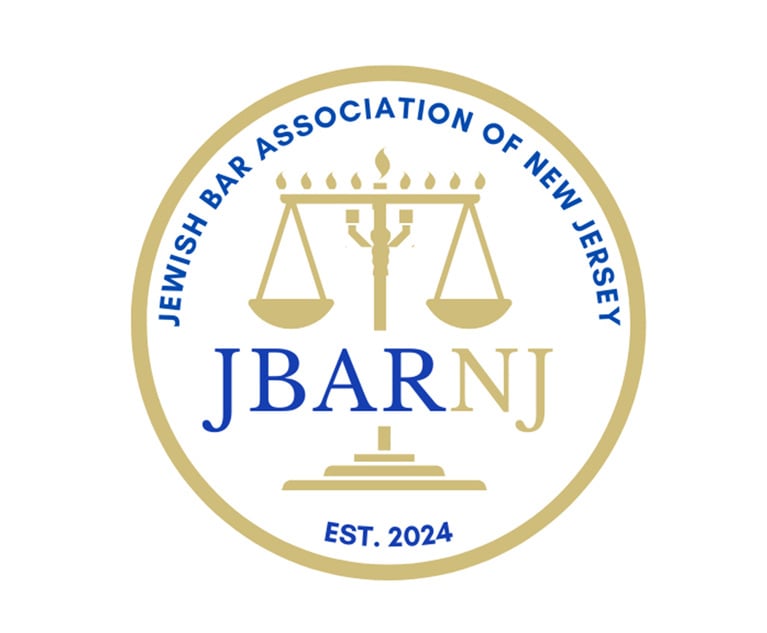Safety, professionalism, branding, image—these and many other factors contribute to employee dress code, appearance, grooming and hygiene policies. Many of these policies are informed by the legitimate business needs of a specific workplace and the various positions in that workplace. Some are a function of a desired corporate image or branding, including uniformity in appearance. Regardless of the rationale, policies governing employee dress, appearance, grooming and hygiene (“dress codes”) largely provide some standards and guidance.
For example, dress codes often use broad terms such as “corporate,” “professional,” and “business casual.” While these describe a broad goal, they are clearly subject to interpretation. Similarly, words like “neat” and “well-groomed” are also common, if subjective. And while examples of appropriate dress are frequently relegated to a long, somewhat helpful list of what to wear and what not to wear, they are rarely (but should be) stated in a gender neutral manner. It is moreover obvious, and discernible from a stroll through any workplace, that not all employees have the same reference point for even basic terminology. At a minimum, thus, effective and legally compliant dress codes should not only be descriptive and include gender neutral examples, but also provide employees with a name or department to contact with questions about the policy or in the event an exception or accommodation is needed. Employers should furthermore establish and implement a process for documenting and responding to requests to accommodate dress code exceptions, so as to permit consistency in similar requests and help establish a defense to any legal claim arising from an asserted violation of rights.







